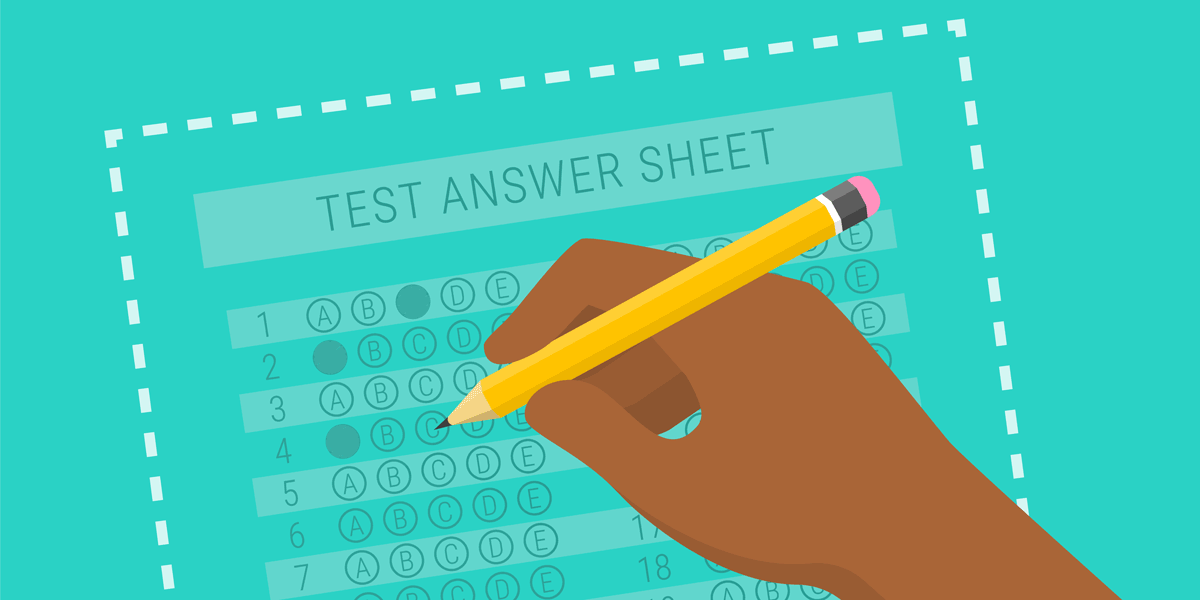Using Accountability Testing as a Flashlight in Post-pandemic Education

The end of the school year tends to be a time to reflect on the past and think about the future. 2019–20 is no different—but it is unique, given the impact of the COVID-19 pandemic.
Today, we have an unprecedented opportunity to develop and implement innovative solutions that address long-standing educational challenges.
One example is accountability testing (i.e., standardized tests).
Accountability testing has many valid critiques (such as issues with design, implementation, and use). These are legitimate concerns, and we must continue to work to fix them.
We must also ensure we assess our students in the most meaningful way. For instance, we may want to consider moving toward application of learning and away from recall, that is, assessments focused on mastery or proficiency rather than multiple-choice questions.
The original purpose of accountability testing was to act as a flashlight, illuminating areas of inequality and underperformance to identify where and how improvement resources should be allocated. However, the rhetoric regarding accountability testing is that it has largely gotten away from its intended objective.
Given the unfortunate reality that COVID-19–related school closures have had a disproportionately adverse impact on students of color and students from low-income communities, we need that flashlight now more than ever.
Some stakeholders have argued that since accountability testing didn’t happen this year due to the pandemic, we should not reinstate it next year.
But this would be throwing the baby out with the bathwater; we should not eliminate the current system of accountability testing without having an improved replacement ready to go.
In the meantime, we need to be able to get data to show us where gaps exist so we can address them, and we must have reliable ways to measure the pandemic’s impact on learning, as well as consistent monitoring of our progress in bridging gaps.
Simply stated, we need accountability testing today—and better testing tomorrow.



